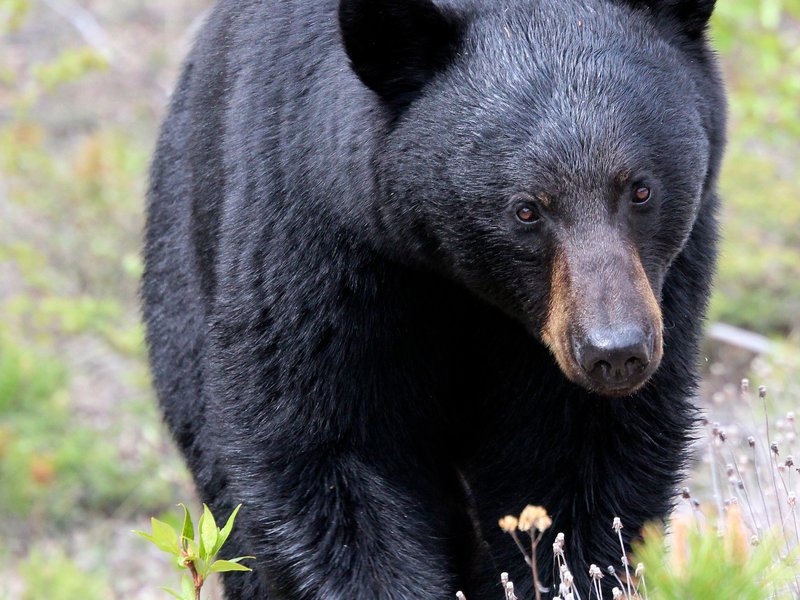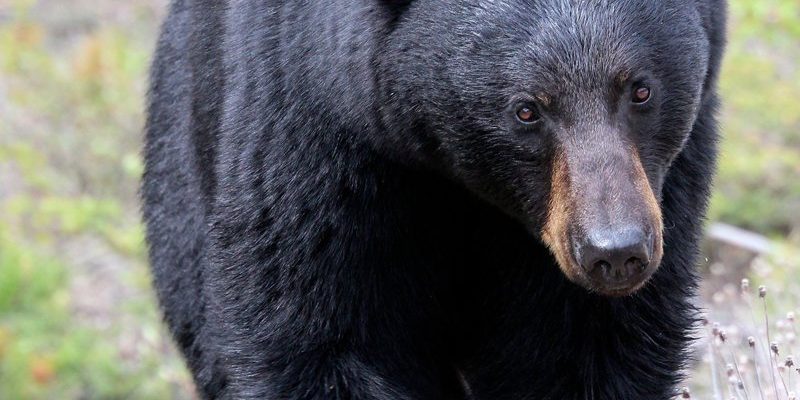
Imagine the black bear as a symbol of our natural world. Like a canary in a coal mine, its health reflects the broader ecosystem’s wellbeing. This means that understanding the black bear’s status can give us insights into the challenges facing wildlife everywhere. So, grab your coffee, and let’s break this down!
Understanding the Black Bear’s Habitat
Black bears are found in a variety of habitats, including forests, swamps, and mountains. They thrive in areas rich in food sources, such as berries, nuts, and even insects. What’s fascinating is how adaptable they are; they can even make homes near urban areas. But this adaptability can be a double-edged sword. With more human encroachment into their habitats, black bears face challenges that can threaten their populations.
You might be wondering, “How does habitat affect their survival?” Well, when bears lose their homes, they often venture into human territories looking for food, leading to conflicts. This can result in unfortunate consequences for both bears and humans. Understanding their habitat helps us appreciate why conserving these areas is crucial.
The Importance of Forests for Black Bears
Forests play a pivotal role in the lives of black bears. Not only do these wooded areas provide shelter, but they also offer essential food sources. Without healthy forests, black bear populations can decline sharply. It’s like trying to bake cookies without flour; without the right ingredients, you just can’t make it work.
Conservation efforts focus on protecting these forests. By preserving natural habitats, we support not just black bears but also countless other species that share the ecosystem. It’s a win-win situation for nature and biodiversity.
Current Status of Black Bear Populations
Globally, black bears aren’t considered endangered; in fact, their populations are relatively stable. The International Union for Conservation of Nature (IUCN) lists them as a species of “Least Concern.” However, this overarching perspective masks regional differences. In some areas, like California, the population is thriving, while in other places, like parts of the southeastern U.S., habitat loss and human interactions are more pressing issues.
So, what does this mean for black bears? Simply put, while they are not globally endangered, localized threats can impact specific populations. This shows the importance of monitoring and adaptive management.
Population Dynamics
One interesting aspect of black bear populations is how they rebound when given the chance. For instance, in areas where hunting regulations are strict, populations can increase significantly. This reflects the resilience of these creatures. In contrast, where hunting is unregulated or where habitats are destroyed, their numbers can quickly dwindle.
Studies have shown that black bear conservation can be effective. When people understand the bears’ role in the ecosystem and take steps to protect them, populations can flourish. This reinforces the idea that conservation is not just about saving a species but also about preserving the balance of nature.
Threats to Black Bear Survival
Even though black bears aren’t considered endangered overall, they still face several threats that can impact their survival. Here are some of the biggest challenges they encounter:
- Habitat Loss: As more land is developed for agriculture or urban spread, bears lose their homes. This forces them into closer contact with humans, leading to conflicts.
- Climate Change: Changes in climate can affect food availability, which is vital for their survival. Warmer temperatures can disrupt their hibernation patterns and food sources.
- Hunting and Poaching: While regulated hunting helps manage populations, illegal poaching can severely impact local bears. Sustainable hunting practices are essential for keeping populations in check without endangering them.
Understanding these threats is crucial for future conservation efforts. Each challenge requires targeted strategies to ensure the survival of not just black bears but the ecosystems they inhabit.
Conservation Efforts and Success Stories
Efforts to conserve black bears are underway across various regions. These programs often focus on habitat preservation, education, and community involvement. For example, in North America, many national parks have implemented bear management programs to monitor populations and educate visitors.
One success story comes from the Great Smoky Mountains National Park, where careful management has led to a stable population of black bears. Through initiatives like bear-proof trash cans and public awareness campaigns, both bears and humans can coexist peacefully. This type of proactive management is a model for other regions facing similar challenges.
The Role of Local Communities
Community involvement is pivotal in conservation. People living near bear habitats can help by making changes in their lifestyles. For instance, securing garbage and using bear-proof containers can minimize conflicts. Education campaigns also empower residents with knowledge about bears and their behaviors, fostering a sense of stewardship over the land.
By working together, communities can become advocates for black bear conservation. It’s about creating a culture of respect and understanding for wildlife, helping to ensure that these bears can wander freely and safely in their natural habitats.
Future of Black Bear Conservation
Looking ahead, the future of black bear conservation depends on continued awareness and action. Education will play a critical role in ensuring people understand the importance of these creatures. Also, as climate change continues to evolve, adapting conservation strategies will be essential.
Innovative approaches like wildlife corridors could help connect fragmented habitats, allowing black bears to roam as they should. It’s not just about protecting them today but setting a foundation for future generations.
Ultimately, it’s about finding a balance between human needs and wildlife conservation. Black bears are resilient, but they need our help to thrive. Together, we can work towards a future where these magnificent creatures continue to roam our forests freely.
In conclusion, while black bears are not classified as endangered globally, local populations face various threats that require our attention. Conservation efforts are crucial to ensure their health and the ecosystems they inhabit. With awareness and proactive measures, we can help protect these essential members of our wildlife community, ensuring they remain a part of our natural world for years to come.

